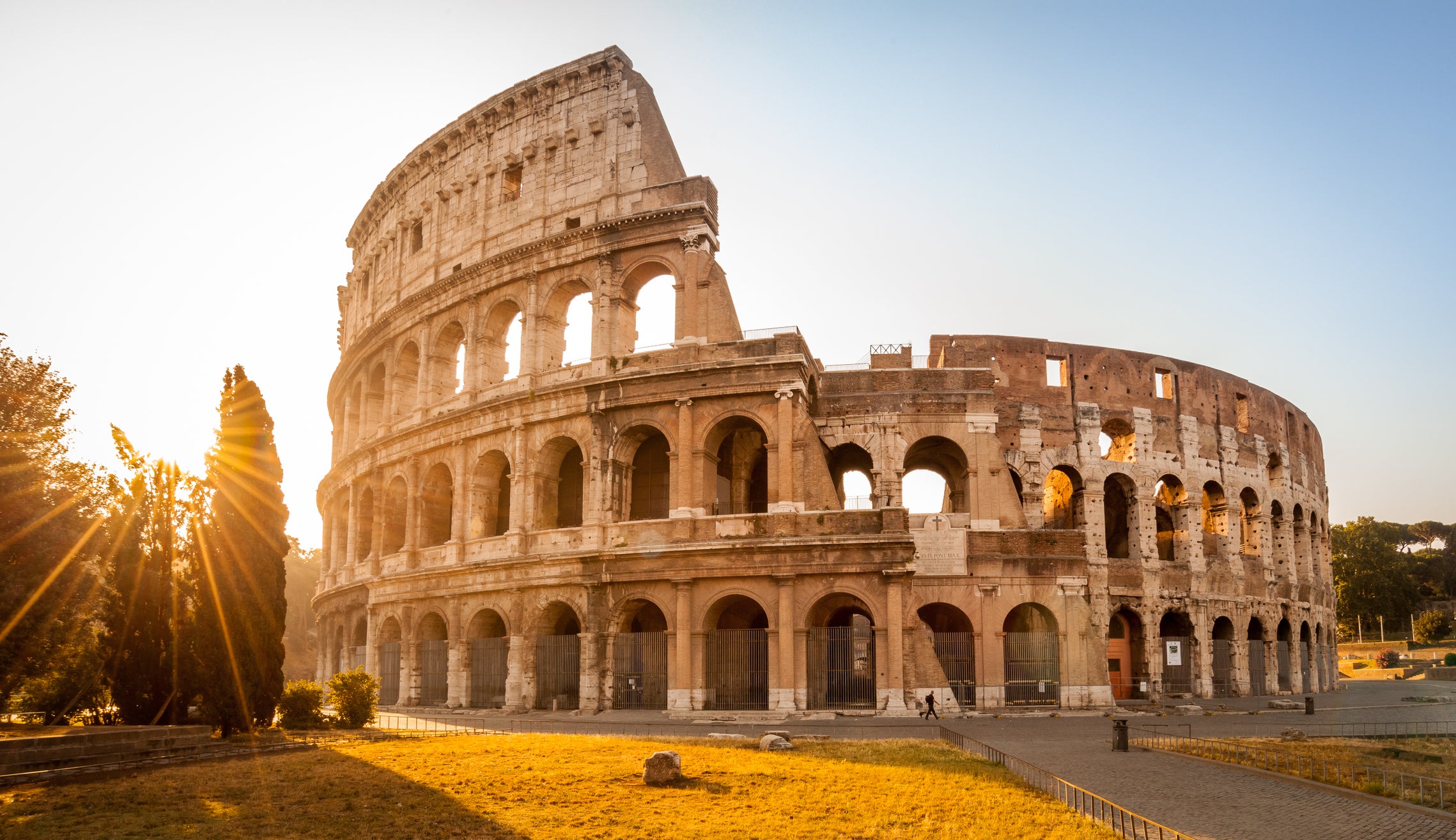You may have heard of the seven ancient wonders of the world, some of Earth’s most magnificent and powerful creations chosen and compiled into a list by Hellenic travellers passing through lands thousands of years ago.
The list, created as early as the fifth century BC, included the likes of the Hanging Gardens of Babylon in ancient Iraq, the domineering bronze statue of the Greek sun god Helios known as the Colossus of Rhodes, and the Lighthouse of Alexandria, a magnificent navigational beacon for voyagers in ancient Egypt.
However, the passage of time was not kind to these wonders, with many damaged or destroyed by natural disasters or humans themselves. The only survivor on the list is the 4,600-year-old Great Pyramid of Giza, which once stood for thousands of years as the tallest manmade structure in the world.
While some of these wonders now only exist in history books and legends, a foundation called the New7Wonders sought to unite the world by honouring heritage across the globe and naming seven other sites the ‘New Seven Wonders of the World’. More than 100 million votes were cast worldwide, and a new list was born.
From the immense Great Wall of China meandering through the land’s historical northern borders to the towering presence of the Christ the Redeemer statue in Brazil, the new seven wonders were chosen to become symbols that respect, honour and celebrate the world’s cultural diversity.
The seven wonders often appear on travel bucket lists, so we have rounded up some of the best trips and tours to help you see them.
The seven new wonders of the world and how to see them
1. Roman Colosseum, Italy

Found in the centre of Italy’s historic capital, Rome, the Colosseum remains one of the city’s most important monuments, representing thousands of years of history and a symbol of ancient Roman life and legacy. The Colosseum was built in the 1st century AD at the request of the Flavian dynasty emperors, becoming a venue for large spectacles, including animal hunts and gladiator battles. Like the games it used to hold, the amphitheatre remains a marvel that attracts droves of visitors from around the world every year.
How to do it
Trailfinders offers a four-day city break to Rome from £439 per person,…
Click Here to Read the Full Original Article at The Independent Travel…
